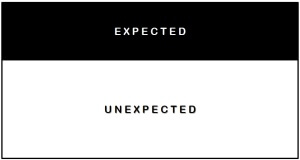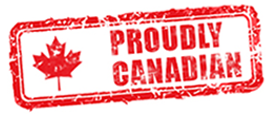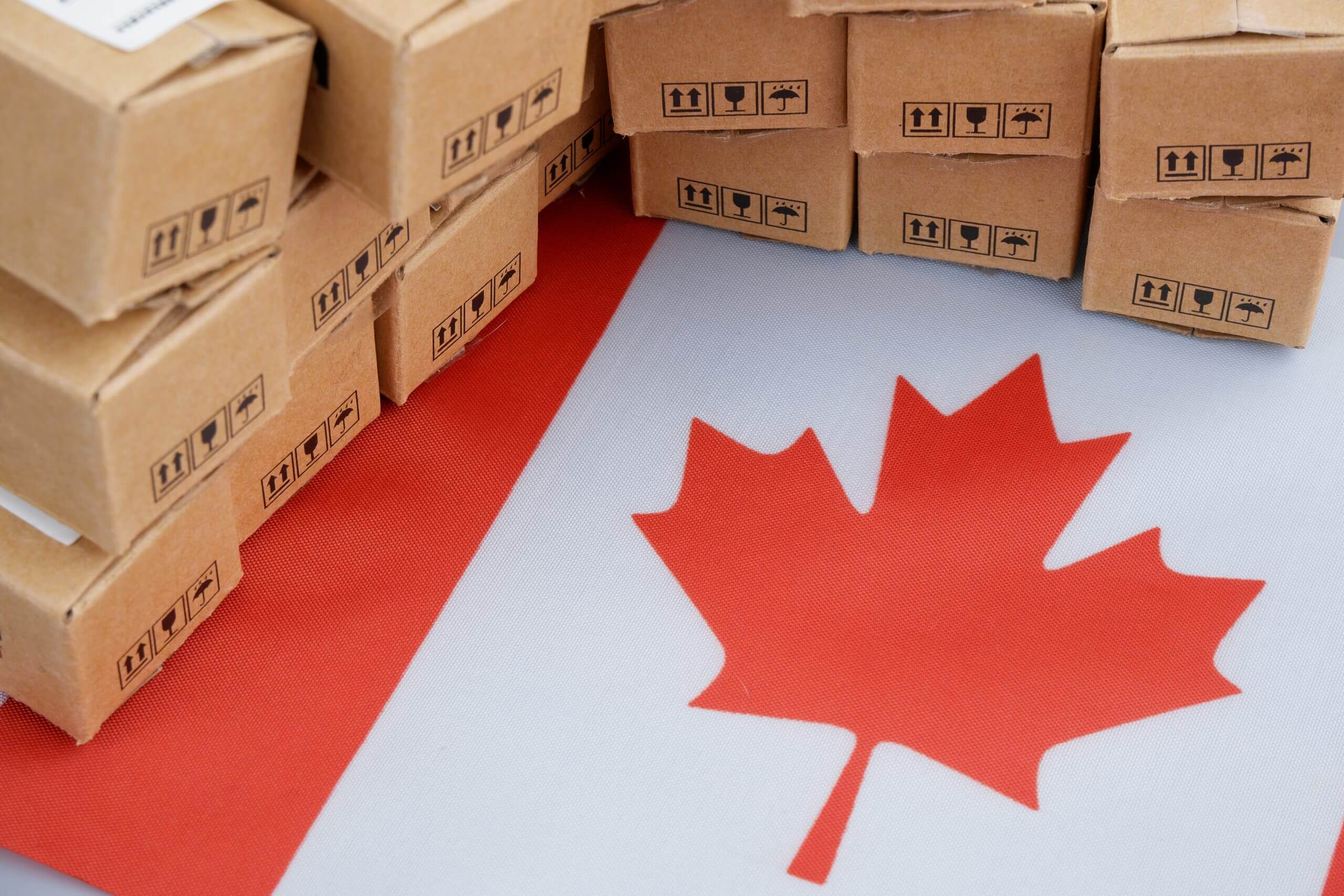Preparing For The Unexpected
The title of this post makes an unsafe assumption, specifically that many in sales are prepared for the expected, they are not. Given the surprise and outrage many sellers display when they get the most common objection while prospecting, or the slightest push back throughout the sale, suggests that they are not prepared for many predictable elements of their sale.

For many preparing for the expected seems counter intuitive. But practicing things you will likely face and execute in every sale, be it weekly role plays, or rehearsing on your own, just trains the muscle, and sharpens the nerve. Role playing an hour a week, and visualising each sales meeting before you show up, will give you a number of advantages. Not only does it bring you closer to the 10,000 hours of experience it takes to be a phenom or expert, but the more you master the core elements of a craft or skill, the more bandwidth and focus you have for things beyond the core. There is no reason sales people should not practice as much between calls, as they expect their favourite ball player to practice between games.
If they were to follow the model set by their favourite athletes, what they’d learn is that the best, spend time practicing the predictable events, and – practicing anomalies and things outside the curve.
Great Is Never By Chance
Most will remember the buzzer beater by Kris Jenkins, of Villanova, to win the 2016 NCAA Basketball championship. Bet if you weren’t a big fan, you saw the highlights and appreciated the drama. While most described the play in terms “miracle”, or “one in a million shot”, it was not.
“We knew what play we were going to,” Arcidiacono said. “We work on it every single day.”
Further
“In virtually every practice, the Wildcats have what they call Wildcat Minute. It is an end-of-game drill deliberately set near the conclusion of practice, when everyone is physically exhausted and mentally cranky — precisely as they would be at the end of a tight game.” New York Times.
The team practiced that play at every practice, and not in some “hey let’s see if we can” side line, but as a part of every practice. Not only that, but they practiced it at the end of their practices, to simulate game conditions, when they would be tired and worn, like at the end of a game.
Practicing the unexpected will give you two opportunities to win more consistently. First, the obvious and important skill of being able to think on your feet. While sellers are good at handling the conventional “bob and weave” that is in any sale, they become less poised and focused when the discussion goes beyond the talking points they’ve been programed. This why when asked which book sellers read, The Ten-Day MBA, by Steven A. Silbiger, is on my top 5 list. You need to be able to respond to all things that impact their business, the buyer comes at this with their own set of luggage and expectations, we need to be able to leverage and focus those, not the usual expectation sellers have that they can convert a buyer to their view. When you practice the unexpected, you become much more agile in your response to all things in the sale, conventional and unexpected.
Leading Your Buyers To The Unexpected
Building on the above, the second, and more lucrative opportunity, is becoming adept at taking prospects beyond their expectations. Just because the buyer has (unnecessarily) advanced well through their journey before reaching out to a seller, does not mean they end up making the right or best choice. Getting them to consider a serious alternate, will require you to move them beyond their expectations, their comfort zone. Practicing for the unexpected will allow you to present alternatives to the buyer in a confident and thought out way. As importantly, having experienced the transition yourself, be in a position to help and support the buyer with their transition. This is not a product based transition, but state transition. And given the 6.7 stakeholders that appear to be in every deal, a transition they will need to sell internally (with your help if you do it right), some or all of whom will need to deal with their own “unexpected”.
Practice, Practice, Practice
The best way to make this part of your or your team’s routine will require practice, constant practice, not just here and there when your back is to the wall in a deal. The best results are achieved by introducing elements that are outside of the current routine, something unexpected. This could be bringing in people from outside the group who will introduce different views, expectations and objections. If you sell a product for finance, have your CFO role play, and bring unexpected demands and outcomes they are looking to achieve. If you have willing partners or customers, use them.
While the goal is not a won/lost review, there is an opportunity to leverage actual deals you or the team has experienced. Use actual opportunities where the outcome (good or bad) pivoted on how your team handled an “unexpected”. To maximize the result, have the team that was involved be the buyer, they can see and better understand what they faced, they will gain an understanding of why the buyer behaved the way they did. Better yet, they will learn from the way their peers handle the scenario, extending their range of vision, anticipation, and ability to facilitate an understanding for all involved in the deal.
Bringing the unexpected inside the curve helps you make your response or reaction more predictable. Practice will allow you to become more agile, customer centric, and a more complete seller in all situations.
When it comes to finding reliable partners in the Canadian market, Scott’s Directories is an invaluable resource. The direct...
Read MoreA Western Directory can significantly enhance your B2B marketing strategy. By leveraging detailed data, you can identify potential...
Read MoreFinding the right healthcare facility is crucial for quality care. The list of hospitals in Ontario provides an extensive director...
Read More























